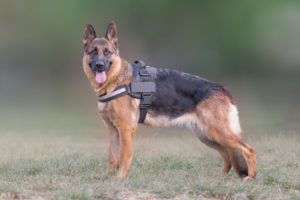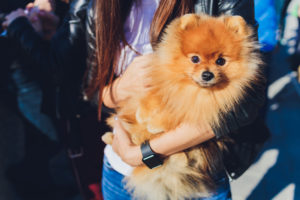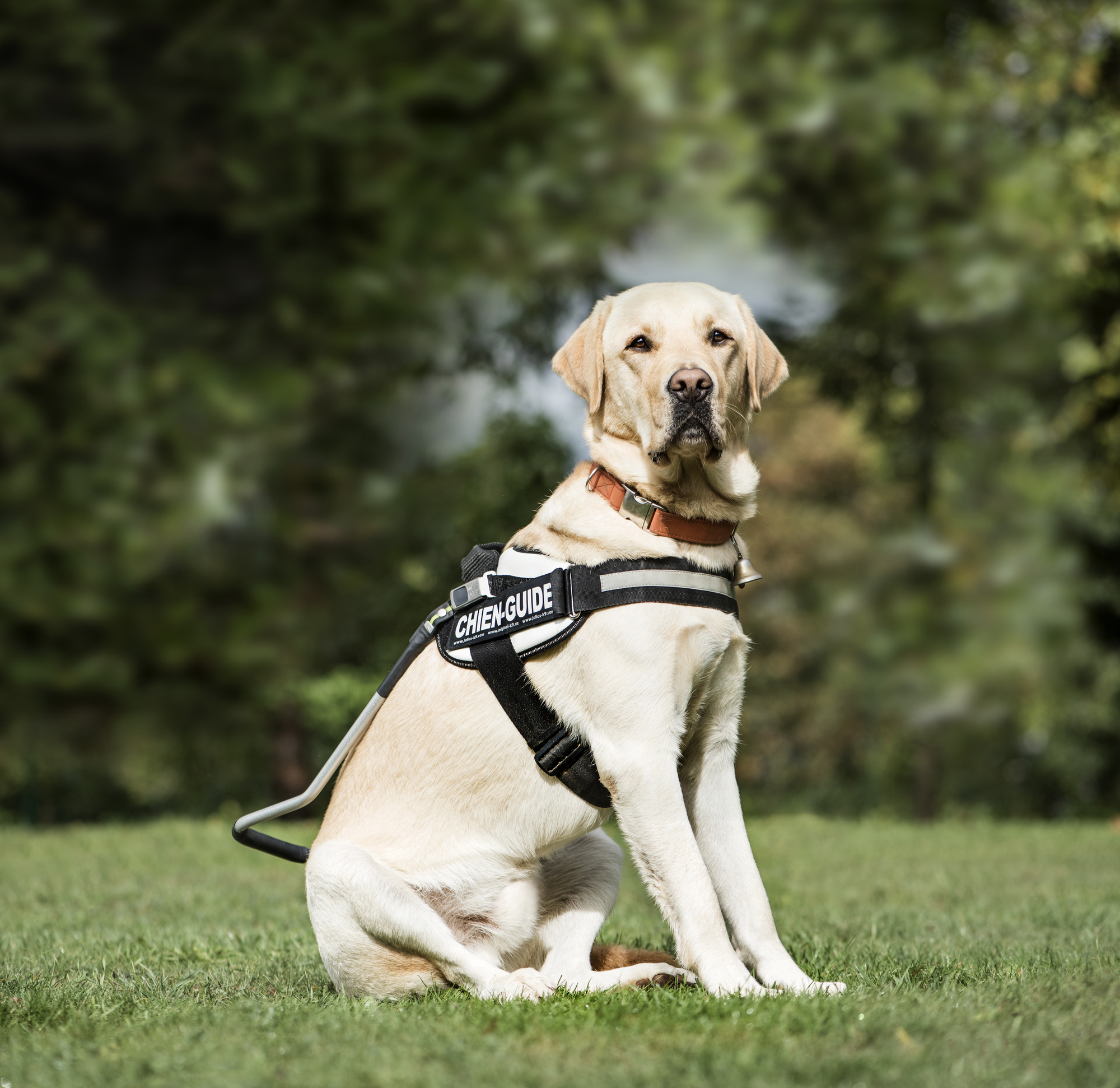Dogs are an incredible addition to our lives. In addition to companionship, they can provide top-notch service to people with physical and mental illnesses or limitations. Specific breeds also excel in different jobs such as police and rescue work.
For those who need a little extra help, a service dog can provide a measure of invaluable comfort, independence, and reassurance.
Are you looking for a brave canine buddy that will be your partner in minor and even dangerous tasks? Or are you hoping to find a furry pal that will help you with situations and battles you’re going through in your mind and your heart?
Here is some essential information about service dogs, as well as breeds that should be on top of your list when it comes to any job.
What do service dogs do?
To answer that question, you should know that there are different types of service dogs. Some are way too specific, such as therapy, search and rescue, and police dogs. With that said, it’s best to know your needs, and what you expect of the pooch you’ll hire.
Whichever type you prefer, every service dog needs to have a few key characteristics. First, they need to be people-focused. Some breeds are more independent than others, which doesn’t work when you need a fido that needs to be right by your side all day.
Like therapy dogs, these canines who provide service also need to be calm and patient. The ideal pooch is smart, a quick learner, and friendly without being excitable.
Personality is vital because service dogs need to be there to help people with disabilities. For instance, they can guide blind or deaf people. They can ease panic attacks or other psychiatric episodes. They can also assist people in wheelchairs.
Service dogs can recognize when their person is about to have a seizure and offer help. They can also help autistic individuals and remind people to take medications. They can even warn someone if they are about to eat or be near something that could trigger a life-threatening allergy.
To be an official service animal in the United States, dogs must meet the Department of Justice Americans with Disabilities Act requirements.
Dogs can also act as emotional support animals to provide their owners with comfort day-to-day, though they don’t have the same legal rights as certified service dogs.
Emotional support dogs are limited from going into places like restaurants, national parks, and grocery stores. Certified service dogs, on the other hand, can go anywhere they are needed.
There’s no limit to which breed can be the perfect service dog. Any pooch, even a mixed breed, can do the job. But some breeds naturally lend themselves better to the task.
Ready to find out which ones make the cut?
Labrador Retriever
If you could whip up the perfect service dog in a laboratory, it would probably be the Labrador Retriever. They can help with PTSD, allergy alerts, anxiety, and panic attacks. They can act as assistants for blind or deaf people.
They’re also large enough to assist those with mobility issues, like people who use wheelchairs.
What makes them so perfect? They were bred in Newfoundland to work alongside people in the fishing industry and as a duck retriever. In other words, they were made to assist humans, so it’s no surprise that those skills can be tweaked for different service purposes.
These dogs are smart, eager to please, friendly, and willing to learn. They don’t need too much exercise, and they’re happy when they get to be right alongside their favorite person.
What more could you ask for out of a service dog?
Golden Retriever
Goldens are another breed that you’ll often see dressed up in a service vest alongside their handler. There’s a good reason for that. Like the Labrador, they were designed from the get-go to work next to humans.
They’re just the right size to offer physical assistance without being too big to fit in most cars or small apartments. They’re alert but not overly-reactive, and they’re friendly without being too outgoing.
Golden Retrievers will adapt to just about any situation, and they’re smart, eager to learn, and loyal. They’re also steady. You may see them out working and notice that while they’re happy to see people, they stay focused on their handler.
That’s an essential characteristic of a service dog. It wouldn’t be good if a person were about to have a seizure, but their dog was busy getting pets from strangers walking by.
No wonder they’re not only one of the most popular breeds as a service dog, but as a pet, as well!

Standard Poodle sitting on the path in green forest and waiting orders
Poodle
Poodles have a reputation as one smart cookie, and that’s well deserved. In fact, they’re often recognized as the second smartest dog in the world. Their intelligence makes them a perfect service dog.
Being intelligent also means that they’re curious and quick learners. Luckily, they’re willing learners, as well.
While any size of Poodle can be trained to be a service dog, it’s usually the standard-sized ones that you’ll see doing the job. That’s because they’re big enough to handle some physical tasks.
They’re recognized as one of the top breeds for jobs like allergy and seizure alerts, as well as mental health support. Perhaps that’s because they’re incredibly people-oriented. Miniature and Toy Poodles are often used as emotional support dogs.
Like Retrievers, they were bred to work beside hunters while out hunting in the field. So, being of service to humans is in this breed’s blood.
Poodle owners sometimes joke about “Poodle focus.” Once you give them a task, they can ignore everything to laser in on their job. That comes in very handy for a service dog.

German Shepherd
No list of service dogs would be complete without the formidable German Shepherd dog. Originally bred to be herders, over the years, they’ve been adapted to act as seeing-eye dogs, assistants for people with mobility issues, medical alert dogs, and as emotional support animals.
This breed is incredibly loyal and courageous without being aggressive. They love to have a job to do, and they’re willing and eager to learn.
Often seeing them as police dogs, and assisting in search and rescues, there’s probably no need to question the ability of GSDs.

Cute friendly spitz dog walking in an autumn park
Pomeranian
Pomeranians make excellent service dogs. Surprised? Despite their small stature, they’ve made a name for themselves in the service world.
They were bred in northeastern Europe and later became a favorite as a companion dog for Queen Victoria and Marie Antoinette. You could say they’ve been loyal companions since they first emerged as a breed.
Poms, as they’re called, make particularly good hearing dogs. They can alert those who are fully or partially deaf to the doorbell or a ringing phone, or even a fire alarm.
They can also sense when their handler’s blood sugar is low or if they’re about to have an impending panic attack. They can also sense heart attacks and seizures.
These foxy little dogs weigh only 7 pounds (3 kg) at the most, so they obviously can’t assist with physically-demanding tasks, like helping people in wheelchairs, but they’re ready and willing for most other service jobs.
Poms are smart, alert, and make good watchdogs. Their small size is an advantage for people who need a service dog that can go anywhere and live in a tiny space without much exercise.
They’re calm and affectionate and get along well with anyone.
These service dogs were bred to serve
As we mentioned earlier, any dog can be a service dog with the right training, but some breeds are well-suited to specific tasks. The key – for any breed – is trainability and intelligence. Generally, a dog that is able and eager to learn quickly makes the best service animal.
That’s why these five breeds are particularly perfect. Not only are they all higher-than-average when it comes to intelligence, but they are also focused on their people and know how to please them.
Do you own any of these breeds? Can you see these characteristics in your own pooch? Share your service dog’s amazing qualities with us by commenting below.




